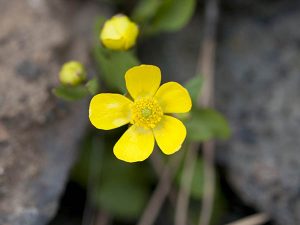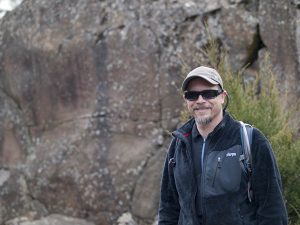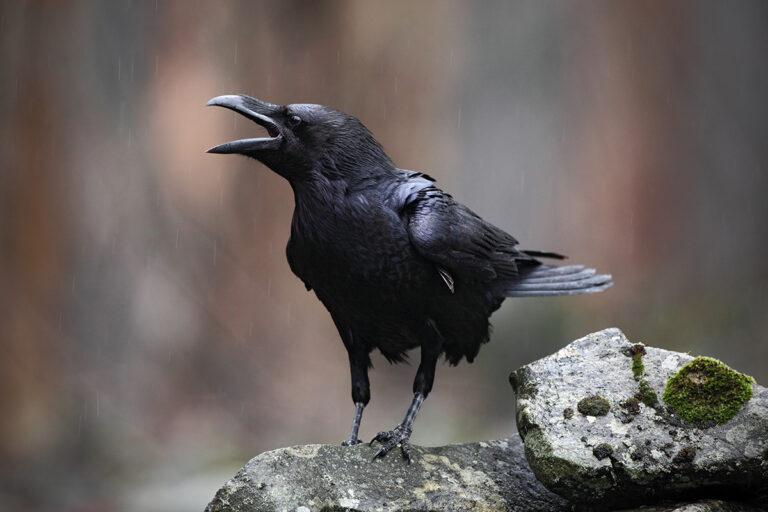The Turnbull National Wildlife Refuge, 6 miles south of Cheney, Wash., represents a unique ecological transition between the dry, sagebrush grasslands of the Columbia Basin and the timbered Selkirk mountains. This mosaic of wetlands provides important habitat for migrating and breeding waterfowl, and more than 200 different kinds of birds have been recorded in the refuge. Alongside the birds, local mammals include elk, mule and white-tailed deer, moose, coyote, porcupine, muskrat, beaver, otter, and 10 species of bats. In other words, it’s the perfect place for an early spring hike.
Named after early settler Cyrus Turnbull who built a cabin on the north end of Turnbull Slough, the Refuge was established by President Franklin D. Roosevelt through an Executive Order in 1937. While management styles continually changed throughout the decades, the park’s habitat preservation mission and the key scenic landmarks have never changed.
Turnbull NWR encompasses approximately 18,000 acres of marshes and channeled scablands. The combination of basalt outcrops, canyons, ponderosa pine and undulating meadows provide a year-round diverse landscape that allows wildlife to thrive. Because Turnbull is a true wildlife sanctuary, fishing is not allowed and hunting is restricted. A total of 13,000 acres are dedicated to wildlife preservation. While most of the park is rightly outside of visitor access, the 5.5-mile scenic tour road provides special access to miles and miles of hiking.

Two short and simple walks attract the majority of hikers on the tour road, and for good reason. The Kepple Peninsula Trail loops around a thick stand of pines along the shore of Kepple Lake and leads to a special wildlife observation blind. The Blackhorse Lake boardwalk leads to a large observation deck. Keep your eyes peeled for trumpeter swans at both locations.
The Stubblefield Lake Loop is just shy of 6 miles long, and it travels past Winslow Pool, Middle Pond, and Pine Lakes (which explains why the trail is also known as the Pine Lakes trail in guidebooks and signage). The trail starts in semi-open ponderosa pine timberland at the southern point of the scenic tour road, then breaks out into open grassland fields. Look for deer and elk in the upland areas, as well as waterfowl on the lakes.
Lastly, if you’re a long distance hiker or a trail runner, there’s a fabulous “figure 8” loop within the scenic tour. Park at the Stubblefield Lake loop and follow the gravel scenic tour road counter clockwise until you reach the trailhead for 30-Acre Lake. Most people notice the designated interpretive burn signs first. The 30-Acre Lake trail allows trail runners or hikers to cut through the tour road loop to Kepple Lake, which provides opportunities to turn right to finish the infinity symbol, or cut left and run a couple miles back to the car near Winslow Pool.

Although you must drive the scenic road counter clockwise, there’s nothing prohibiting hikers or trail runners from going either direction. Even better, Turnbull pedestrians experience more wildlife encounters compared to Turnbull National Wildlife Refuge drivers.
When You Go
Turnbull NWR is just south of Cheney. Several signs will direct you to the refuge. You can reach the public use area by driving 4 miles south from Highway 904 on the Cheney-Plaza Road. A large entrance sign and arrow pointing down Smith Road mark the refuge entrance. Drive about 2 miles east on Smith Road to reach the main public use area. A $3 per car fee is charged from March through October. Don’t forget your camera. // (Jon Jonckers)
Spring Bird Watching for Beginners Classes at the Refuge
Sponsored by Friends of Turnbull and Spokane Audubon Society, these bird watching classes for beginners will provide a hands-on chance to learn about tools and tips for observing and identifying birds you’ll see while out for a fun walk along the Pine Lake Trail. The classes will include recognizing size, shape, beak, color, and habitat to help identify birds, as well as instruction and practice using binoculars and field guides. The classes are set for April 1, May 6 or June 3, 2017. Pre-registration is required and each class has a limit of 15 participants. For more information or to register, visit www.Fotnwr.org/activities.html. // (OTM)












